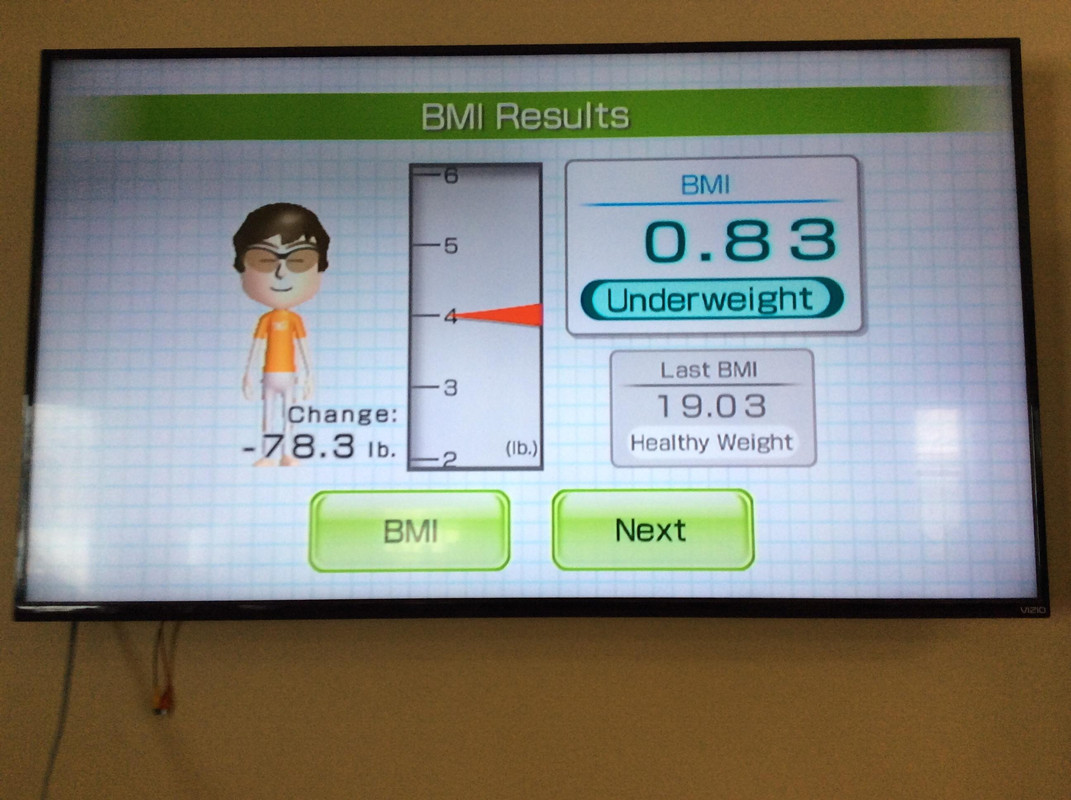You are using an out of date browser. It may not display this or other websites correctly.
You should upgrade or use an alternative browser.
You should upgrade or use an alternative browser.
Absurdism corner
- Thread starter Bosbeetle
- Start date
Null
Snug
Null
Snug
Null
Snug
Null
Snug
fusion_power
Advanced Member
People complain about his Teeth, but seriously: these EYES!!!
(But I have faith in Jim Carrey!)
He's an anti-vaxxer.(But I have faith in Jim Carrey!)
twitter.com/jimcarrey/status/616073415812759553?lang=en
[doublepost=1556830554,1556811749][/doublepost]
Null
Snug
Null
Snug
WizardStan
Mega GP Mania
- Joined
- May 24, 2008
- Messages
- 16,733
mocap was a mistake
ClockworkCoder
Chaotic Neutral
Also didn't realize laugh tracks were needed in youtube videos.
They are never needed. Although instead of a "personal theme song", mine might well be a laughter track.
levi
Still fresh, damnit!
Reads like a clip from that latest real world incarnation of the Larry Sanders show. Cut to Rip Torn.Also didn't realize laugh tracks were needed in youtube videos.
Similar threads
- Replies
- 29
- Views
- 6K





